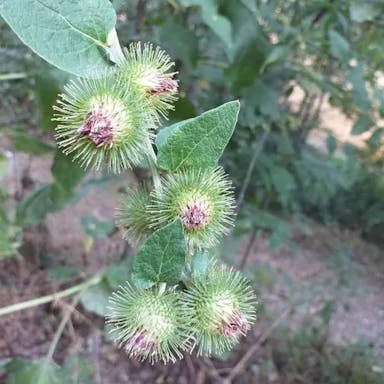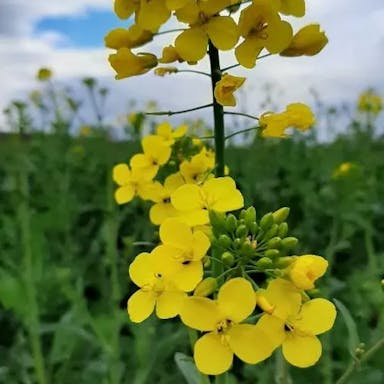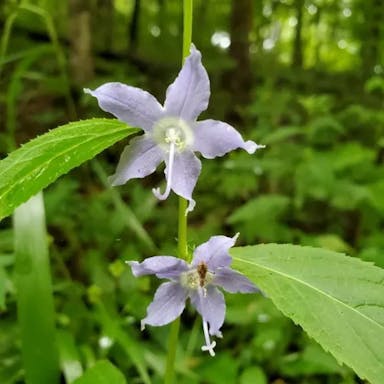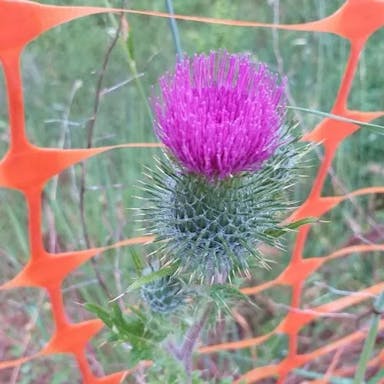Rape, scientifically known as Brassica napus, is a member of the Brassicaceae family, originating from Europe and Asia. It is an annual or biennial plant with bright yellow flowers, typically blooming in spring. The flowers are known for their four petals in a cross-like shape, characteristic of the Brassicaceae family. The color of the flowers can vary from pale yellow to deep golden hues. Brassica napus is primarily cultivated for its oil-rich seeds, used in cooking oil production and animal feed. There are different varieties of Brassica napus, including canola and swede, each with distinct characteristics and uses. The plant can grow up to several feet in height, depending on the variety. Brassica napus is relatively easy to grow, thriving in cool climates with well-drained soil. It is a valuable crop due to its versatility and nutritional benefits.
0
0












